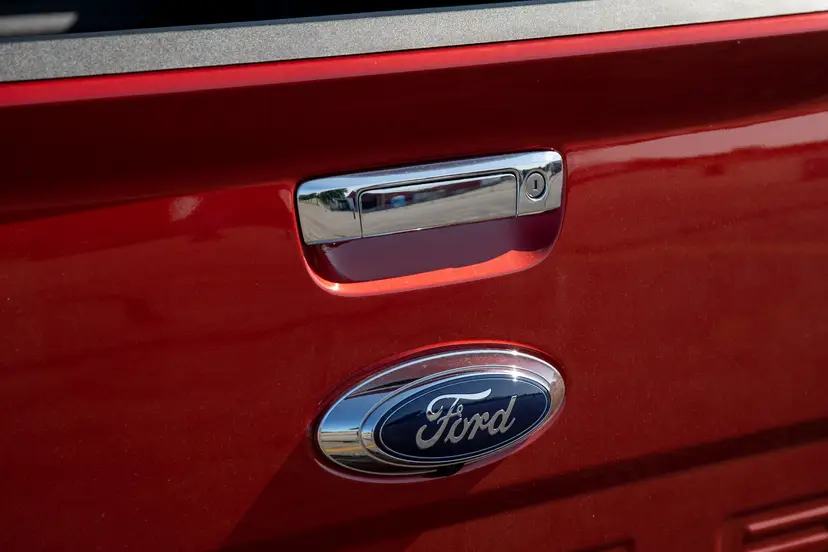
As aggressive as Ford has been in trying to position the Fusion against the perennial class leaders — the Toyota Camry and the Honda Accord — the company hasn’t been particularly vocal about one valuable card in the Fusion’s deck: It’s offered with all-wheel-drive, and the Camry and Accord are not.
That’s certainly a selling point in the snow belt, but it’s a pretty potent asset anywhere in the country that has rain, road construction, or idiot drivers who periodically pull out in front of you. That pretty much covers — everywhere.
Granted, the advent of a whole bunch of technologies, from radial tires to electronic stability control, has made all-wheel-drive less of an advantage than it used to be. But on any sort of slippery surface, AWD retains an edge. How important that edge is, and how much you are willing to pay extra for it, is up to you.
The test Fusion, with all-wheel-drive and traction control, lists for a base price of $23,825. The same car with front-wheel-drive is about $1,800 less. Would I pay $1,800 extra to get AWD? In a split second.
The best thing about modern AWD is that it’s invisible. It doesn’t affect the ride, or the turning circle, or make more noise. It does add a little weight and complexity, but these systems are extremely reliable. The fact that the engine is powering the front and rear wheels typically trims fuel mileage a little, and that’s the case here: The AWD Fusion is EPA-rated at 19 mpg city, 26 mpg highway. With front-wheel-drive, 20/28.
Those numbers are with the 3.0-liter, 221-horsepower V-6 engine and six-speed automatic transmission. The base Fusion has a 2.-3-liter, 160-horsepower four-cylinder, but the AWD feature is offered only with the V-6.
Even the base Fusion S, with the four-cylinder and a five-speed manual transmission, has a ton of equipment for a base price of less than $18,000, including side and side-curtain airbags, air conditioning, cruise control, keyless entry, power windows and a stereo. Next up is the SE, which adds an automatic transmission and several other features, and the SEL, which adds bigger tires and wheels and some additional equipment.
The test car’s base price of $23,825 rose to $28,525, thanks to antilock brakes ($595 — they ought to be standard on this model), Sirius satellite radio ($195), leather upholstery ($895), an easy-to-use navigation system ($1,895), and an upgraded stereo ($420). Shipping was $700.
Ford had a lot riding on the Fusion, and the car shows considerable attention to detail. Styling is handsome, interior and trunk room ample, and performance is more than acceptable in every area. The powertrain lacks the sophistication of the Honda or Toyota V-6 — this 3.0-liter engine is getting a little long in the tooth — and there was a little roughness under hard acceleration. While 221 horsepower isn’t bad at all, the V-6 is still giving up 55 horses to the Camry and the new 2008 Accord.
Inside, the Fusion’s instruments and controls give no cause for complaint, and the front bucket seats are fine. Rear seat room is a little tight for taller adults, but that’s true with the competition, too.
Handling is very good — the ride is plenty smooth, but the Fusion AWD is as nimble as anything in this class and price range. Not surprising, as it’s based on the excellent Mazda6 platform.
Every Fusion model is a worthy competitor for others in its class, but the AWD version is in a class by itself. Nicely done.
Sentinel Automotive Editor Steven Cole Smithcan be reached at scsmith@orlandosentinel.com.


































